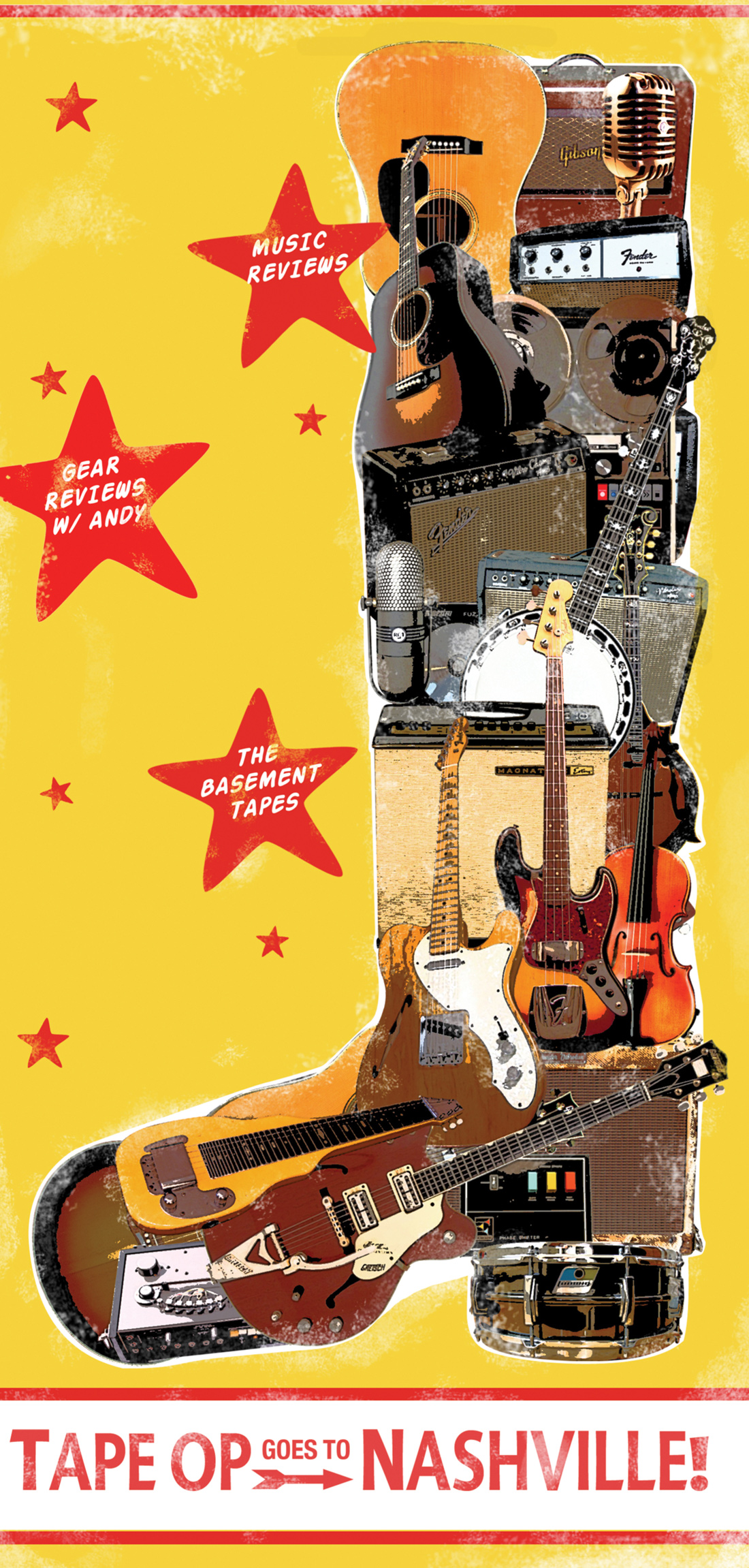I haven't spent any time on a Harrison console, but I do know that many important albums and films were recorded or mixed on Harrison consoles over the decades, and company founder Dave Harrison kickstarted his console-designing career with the MCI JH-400 series, the first production desks with an inline layout. The Harrison Lineage pays homage to 40 years of Harrison consoles by assembling pairs of four different mic preamp designs (a total of eight channels) in a 1RU-height rackmount chassis. Opening the unit reveals lots of discrete through-hole components, some op-amps, and a couple transformers — all carefully laid out to prevent crosstalk between unrelated functions. Moreover, an internal power supply is fenced off from the rest of the circuitry to further prevent noise.
Over the course of months, I used the Lineage preamps on various sources, but I did so with no prior experience with Harrison products, so I had no expectations of sound or performance between the various designs. Here's what I discovered:
The two 32c/MR Series preamps recreate the circuitry from Harrison's '70s and '80s-era 32c and MR consoles. I love how these push vocals, especially female vocals, forward in the mix. The same goes for electric guitar and horn solos. Additionally, extreme lows, particularly frequencies below 35 Hz, are emphasized, whether you're using ribbon, dynamic, or condenser mics. For example, kick drums recorded through these have a ton of power — sometimes too much. With great power comes great responsibility; and restraint is required when EQ'ing lows. I hear transistor distortion ramping up earliest on this design, and it's easy to capture a big, rock and roll sound, with a nice bit of "compression" from the discrete new-old- stock 2SD786 transistors saturating, especially on drums. But you do have to be careful — too much of a good thing can put you in dark and wooly territory.
The Series 10/950 inputs recreate the preamps from the SeriesTen, introduced in 1985 as the first fully automated desk. With these, I can hear a tiny bit of crunchiness even on gently played transients like high-hat hits and acoustic guitar notes.
Also, distortion ramps up quickly in the form of lower-midrange "bloom" (or "mud") when overdriven. This design stands out as being most different sounding among the four.
The Series 12/LPC inputs recreate the preamps from the SeriesTwelve multiformat console introduced in 1992. To my ears, these are the most natural sounding and most true to picture, with the clearest midrange. Not surprisingly, they respond best to EQ — nothing gets too brash or feeble, even after heavy-handed boosts or cuts. These are my favorite for drum overheads; a Royer SF-12 stereo ribbon mic [Tape Op #25] above the kit through the Series 12/LPC results in perfect imaging, with natural transients. It's near-impossible to make these preamps sound harsh, even with extreme processing.
The Trion channels feature the analog preamps first seen in the Trion digital mixer in 2005. These sound closest to the Series 12/LPC preamps, with a very natural sound. On the other hand, they have more character due to the Lundahl transformers on their inputs. For example, toms and kick drums tend to sound bigger than life through the Series 12/LPC, without the overt distortion from the Series 10/950; and electric guitars take on more weight, without getting blurry. You do have to be careful EQ'ing lower mids, especially in the 250 Hz range, and these have the least amount of infrasonics below 30 Hz. Overall, I think the Trion preamps are the most versatile preamps in this box. They're clean, but not clinical. You can turn them up for more transformer saturation to bring out more character, which is great for drums and anything overdriven, including guitars and vocals. Moreover, the Trion preamps offer the most gain (70 dB), and you can also use them as FET-based instrument DIs via the front panel Neutrik combo jacks. Each Trion channel has a switch to choose between front/back inputs, and additionally, a "Fix" switch to swap out the input gain knob for a separate, recessed gain trim on the front panel. What's cool about this feature is that you can leave two pairs of mics attached to the Trion channels and switch between the two; or you can do what I did and use one pair of inputs for a passive summing box leaving the other pair open for mics. The neat thing here is that I can enable the "Fix" trims when selecting the summing box — which allows me to adjust the amount of "analog goodness" to taste, then recall at the touch of a button!
All eight preamps include switches for phantom power and -20 dB pad, as well as signal-overload LEDs that indicate +18 dBu level. All four preamp designs are quiet, with plenty of gain (Trion having the most).
If you're looking for a quick and easy way to add different preamp flavors to your recording kit, the Harrison Lineage is a great way to go. You get eight high-class mic preamps with four different sounds, taking up only one rackspace. Moreover, two instrument DIs are included, and you can set up a pair of alternate, trimmable-gain inputs, allowing you to assign the Trion preamps to a summing box or other recording/processing flow with painless recall. Although the price of the Lineage may seem high at first glance, if you divide it up, $350 per preamp channel is a steal. Or another way to look at it — for the cost of a 500-series chassis filled with eight channels of boutique preamps, you can buy two Lineage units, and you'd still have room left over in your rack!




_disp_horizontal_bw.jpg)